The science and history of the moon most people don’t know
The Moon has always fascinated humanity, hanging like a silent sentinel in the night sky. While we often take its presence for granted, the Moon holds secrets waiting to be uncovered.
From its mysterious origins to its influence on Earth, there’s more to our lunar neighbor than meets the eye. Let’s embark on a journey to explore these lunar wonders and understand why the Moon continues to captivate our imaginations.
The Moon’s Origin: How Did It Get There?
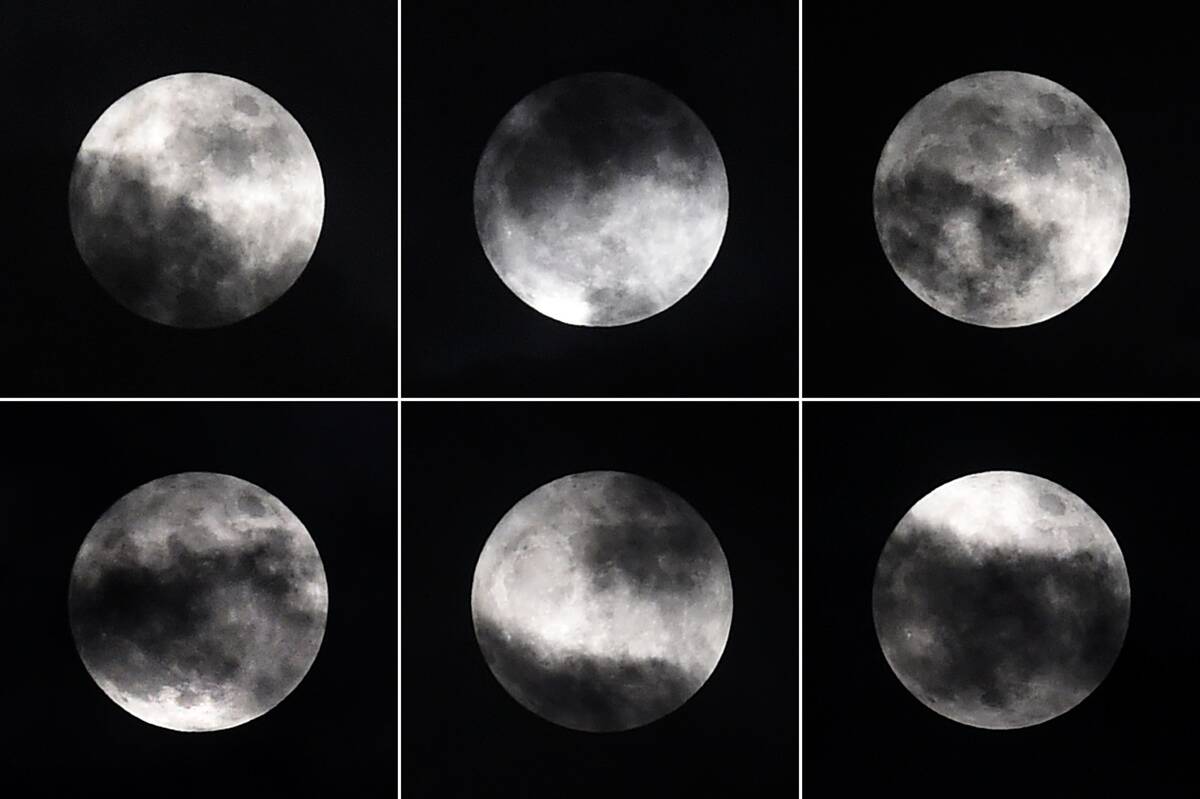
The prevailing theory about the Moon’s origin is the Giant Impact Hypothesis. It suggests that a Mars-sized body collided with Earth around 4.5 billion years ago. This colossal impact ejected debris that eventually coalesced to form the Moon.
This theory explains the similarities in isotopic compositions between Earth and Moon rocks. While still debated, it remains the most widely accepted explanation among scientists.
A Giant Leap: The Moon’s Impact on Earth
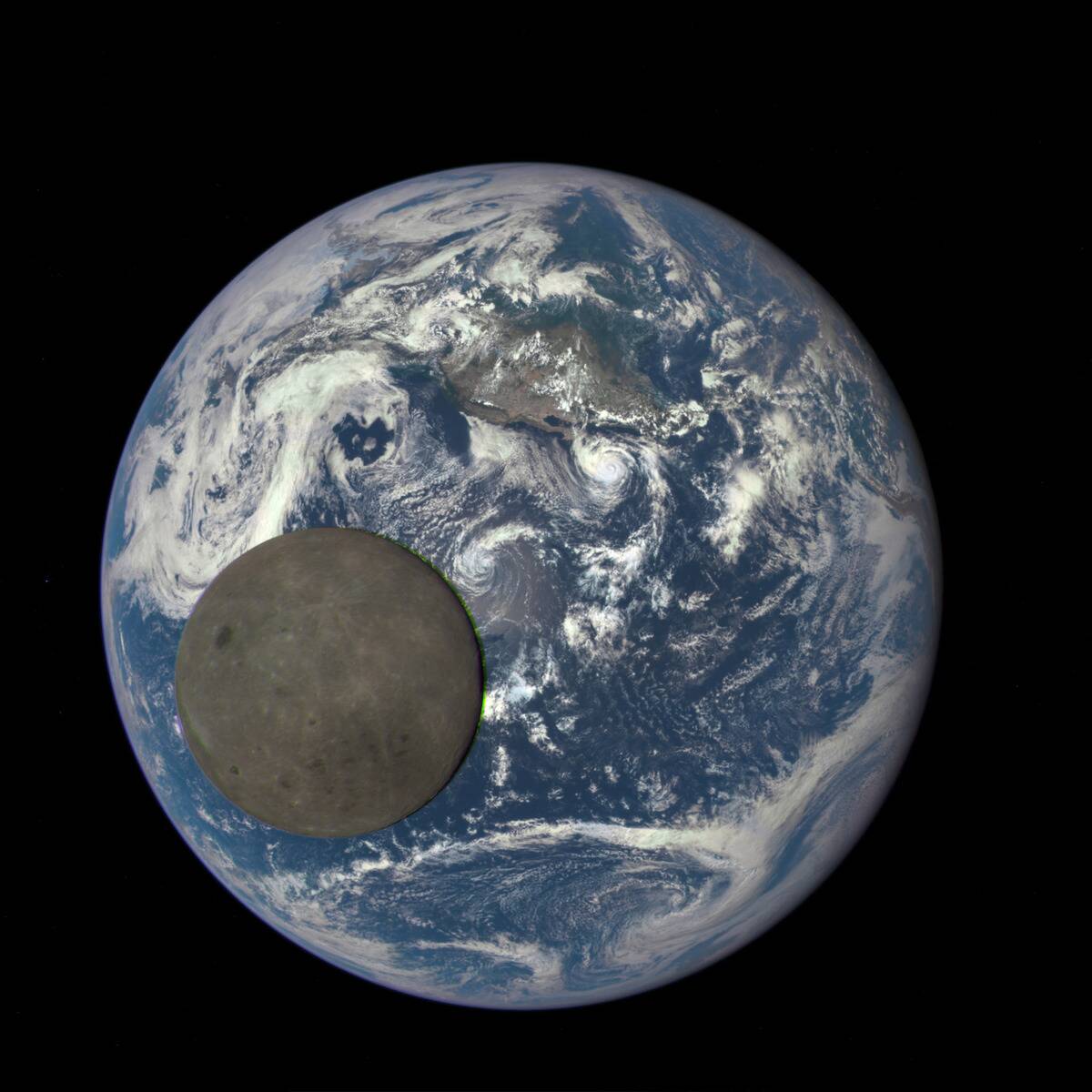
The Moon plays a crucial role in stabilizing Earth’s axial tilt, which in turn moderates our climate. Without it, we might experience extreme weather changes.
Additionally, the Moon’s gravitational pull is responsible for the ocean tides, which are essential for marine life. These tidal forces also slowly decelerate Earth’s rotation, lengthening our days over time. The Moon’s impact on our planet is indeed profound and far-reaching.
The Moon’s Age: Older Than You Might Think
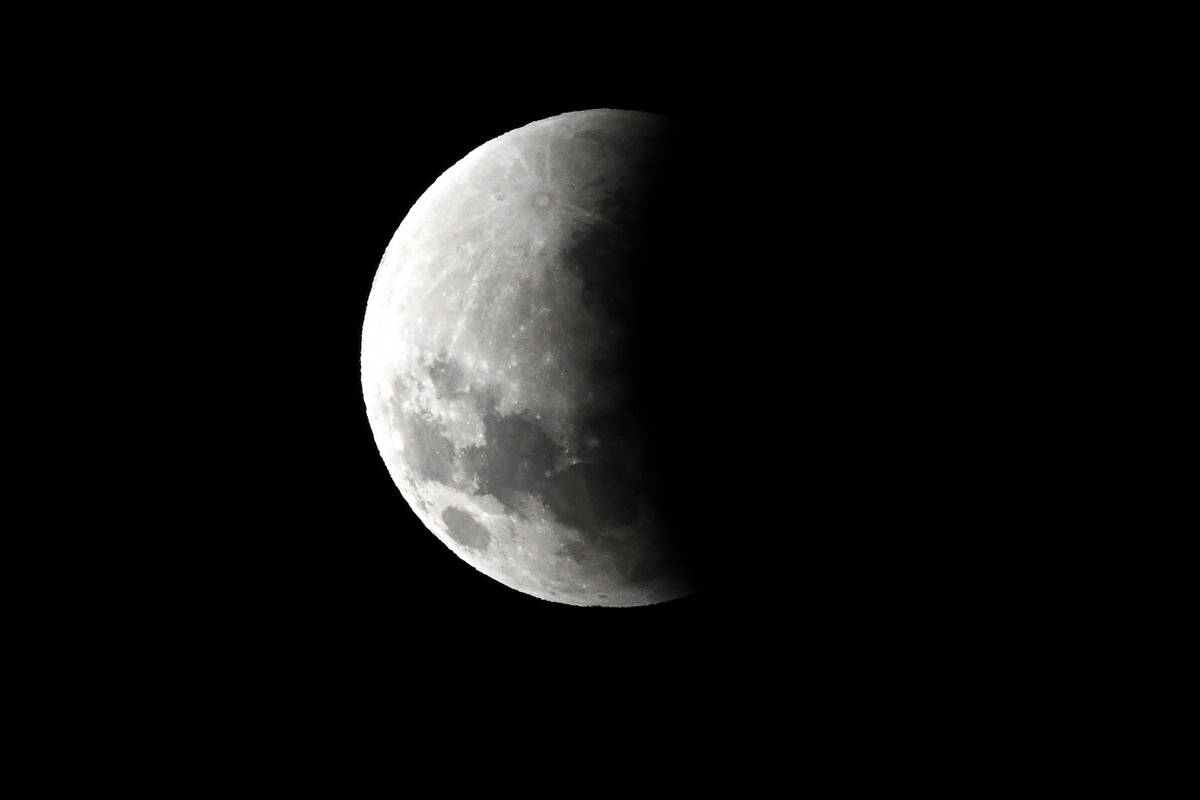
Our Moon is ancient, with an estimated age of about 4.51 billion years. This age was determined through radiometric dating of lunar rocks brought back by the Apollo missions.
Interestingly, this makes the Moon only slightly younger than our solar system itself, which is about 4.6 billion years old. These findings have provided valuable insights into the early history of both the Moon and Earth.
A One-Sided Story: The Moon’s Synchronized Spin
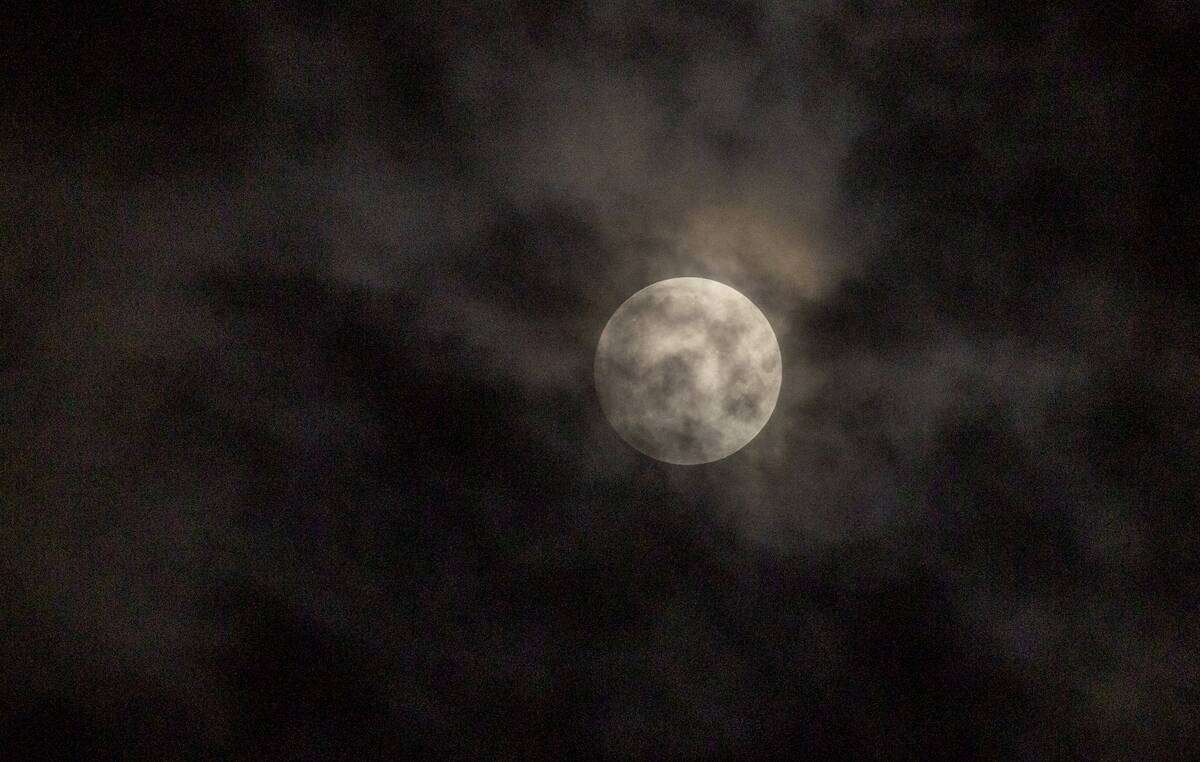
Ever wonder why we only see one side of the Moon? This is due to synchronous rotation, where the Moon’s rotational period matches its orbital period around Earth.
This phenomenon, known as tidal locking, ensures that the same hemisphere always faces us. It took billions of years for gravitational forces to achieve this lock, offering us a consistent lunar view while the far side remains a mystery.
The Moon’s Surface: A Rocky Road of Craters
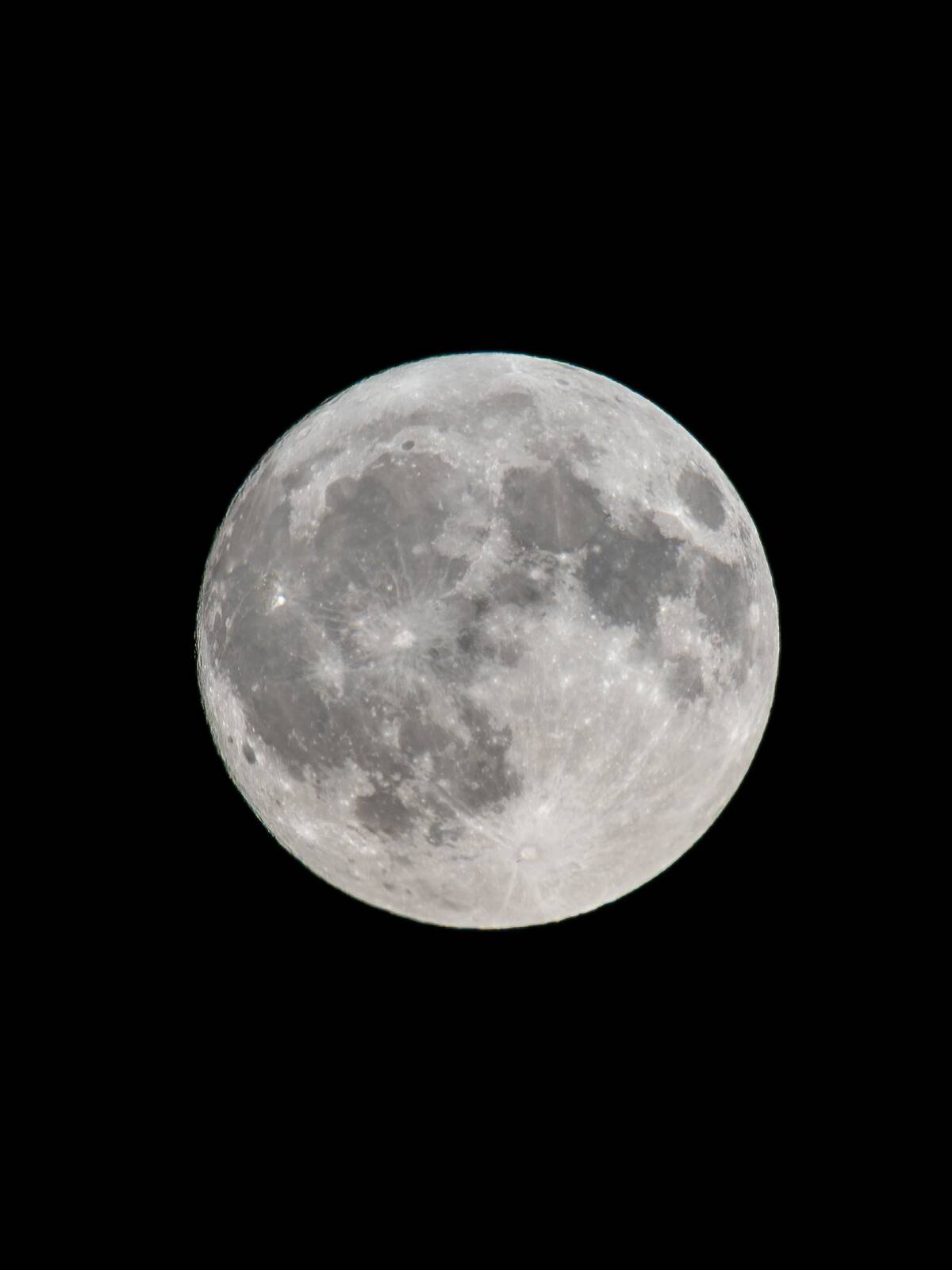
The Moon’s surface is a rugged landscape, dominated by craters formed by meteor, comet, and asteroid impacts. With almost no atmosphere to protect it, the Moon bears the scars of countless collisions.
Some of these craters, like the South Pole-Aitken Basin, are among the largest in the solar system. The lack of weathering processes means these features remain well-preserved, offering a window into the solar system’s violent past.
Moonquakes: Yes, the Moon Gets Shaky Too
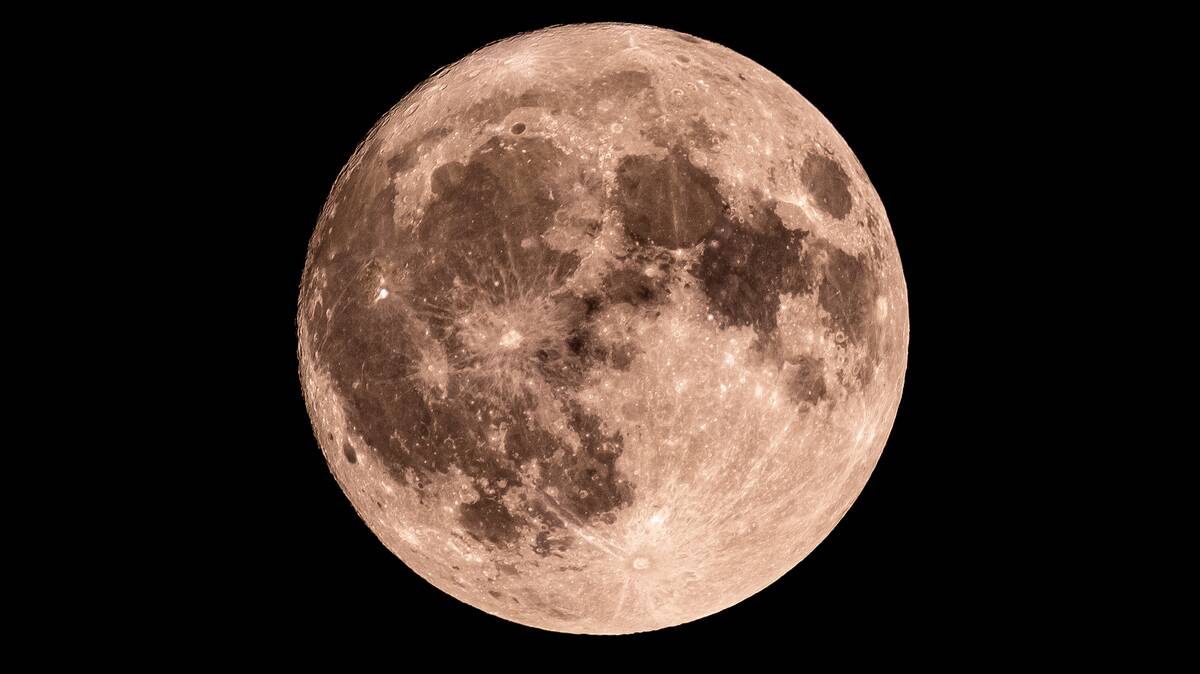
Surprisingly, the Moon experiences quakes, known as moonquakes. These seismic activities are less frequent and intense than Earth’s, but they still offer clues about the Moon’s interior.
Scientists have identified four types of moonquakes, with shallow moonquakes being the most significant. These can reach up to 5.5 on the Richter scale and last for more than 10 minutes, hinting at a tectonically active core.
Lunar Water: Ice on the Moon’s Poles
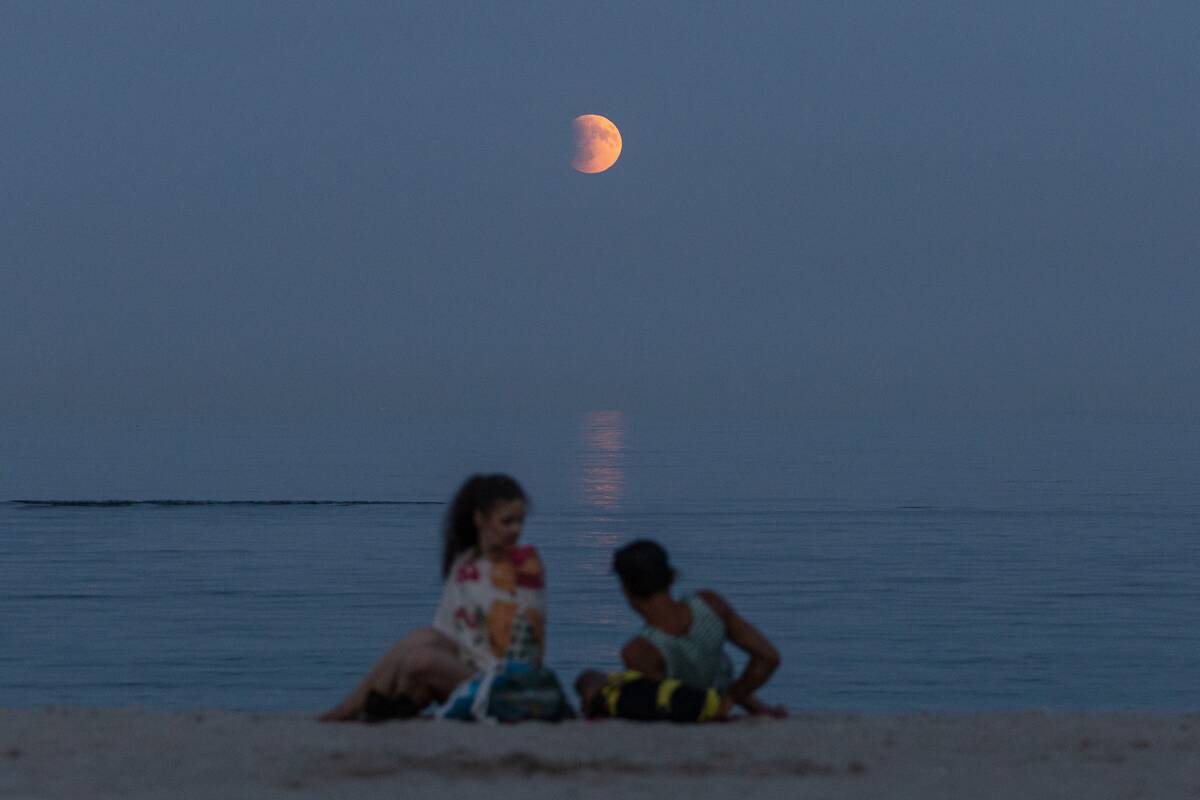
Recent discoveries have confirmed the presence of water ice on the Moon, particularly at its poles. These ice deposits are found in permanently shadowed craters where sunlight never reaches. That said, newer evidence suggests lunar water exists in sunlit areas, too.
This water is believed to have originated from cometary impacts or the solar wind. The existence of lunar water is exciting as it could support future lunar bases and serve as a resource for long-term human exploration.
Moon Dust: More Trouble Than It Seems
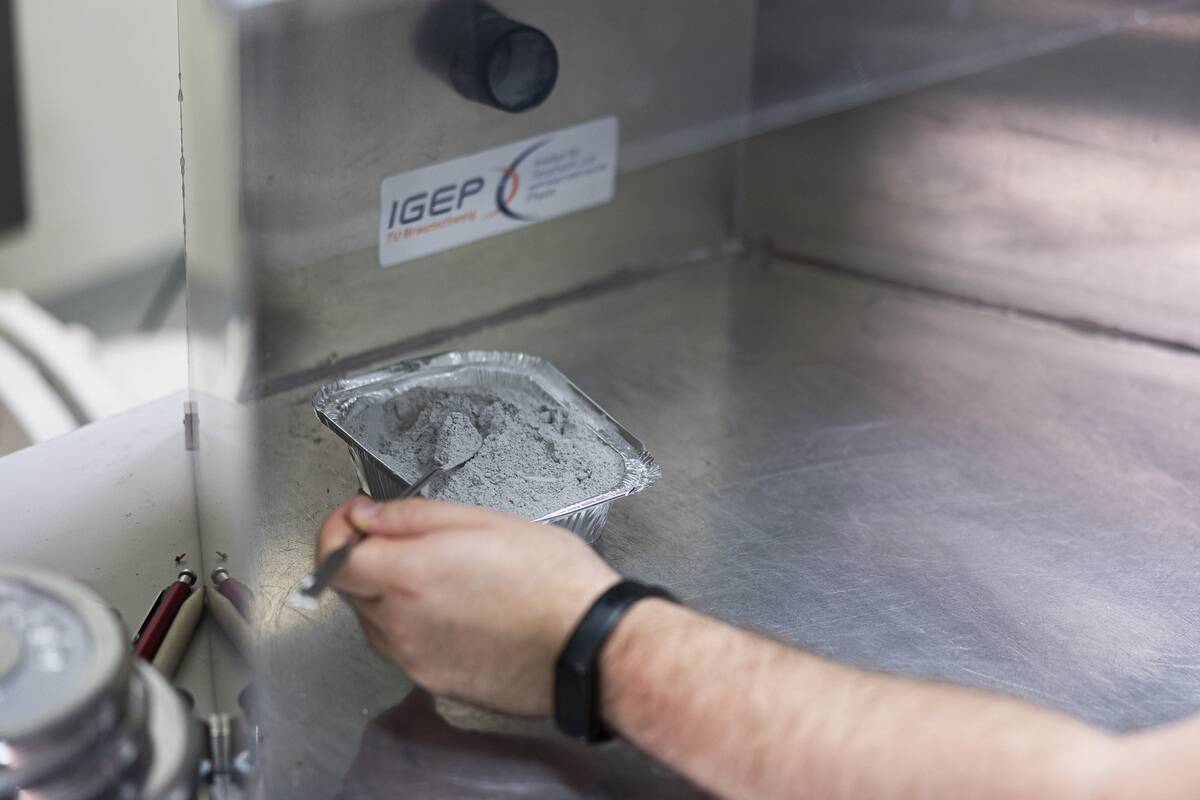
Moon dust, or regolith, is a fine, powdery substance covering the lunar surface. This seemingly innocuous dust poses challenges for astronauts and equipment. It’s highly abrasive, causing wear and tear, and can cling to surfaces due to its electrostatic charge.
During the Apollo missions, astronauts reported difficulties with dust infiltrating their suits and gear. Future missions will need to address these dusty dilemmas.
The Moon’s Gravity: Six Times Lighter Than Earth
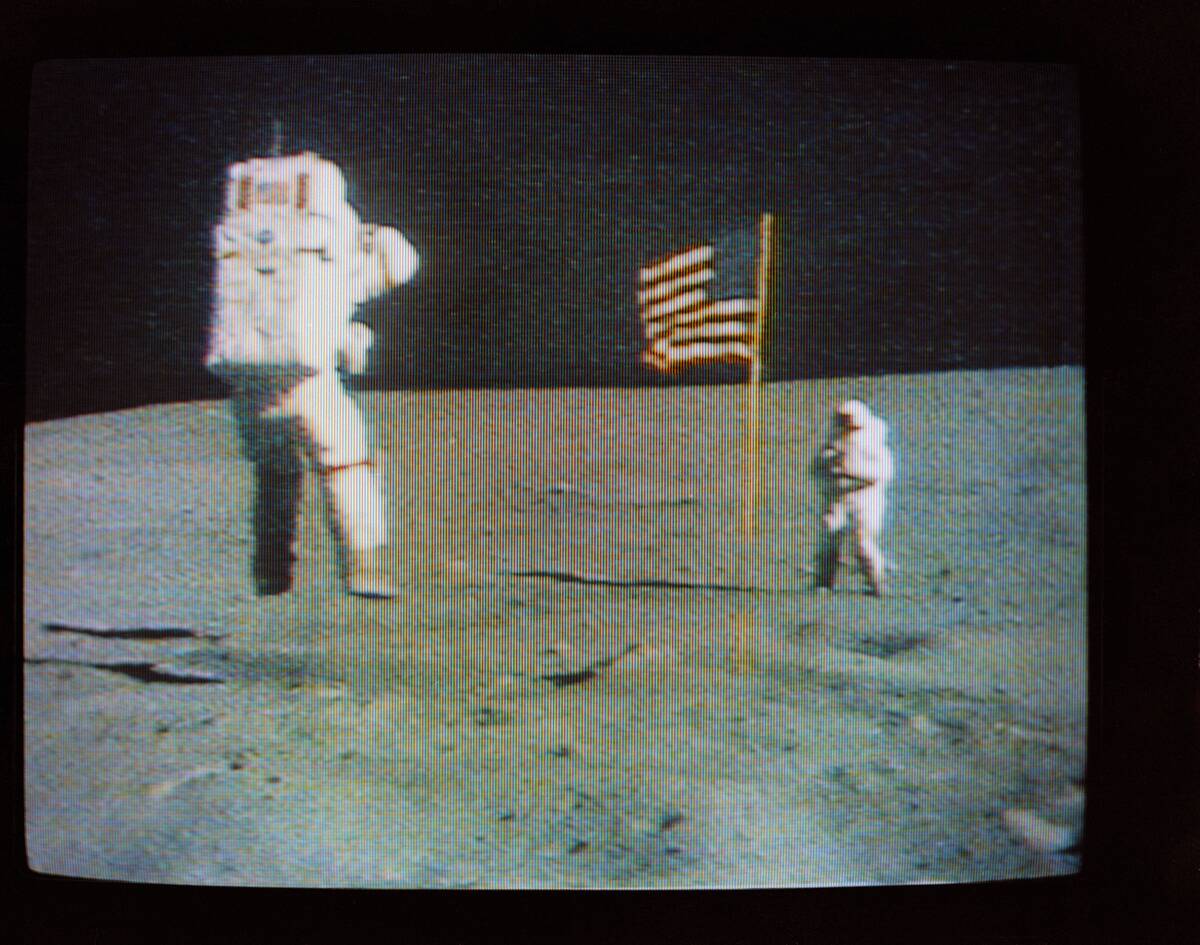
The Moon’s gravity is about one-sixth that of Earth’s, which is why astronauts appear to bounce as they walk on its surface. This lower gravity affects how we would live and work on the Moon.
It could make construction easier due to lighter loads, but it poses challenges for maintaining muscle and bone density. Understanding lunar gravity is crucial for the possibility of planning a sustainable human presence on the Moon.
Tidal Forces: The Moon’s Influence on Our Oceans
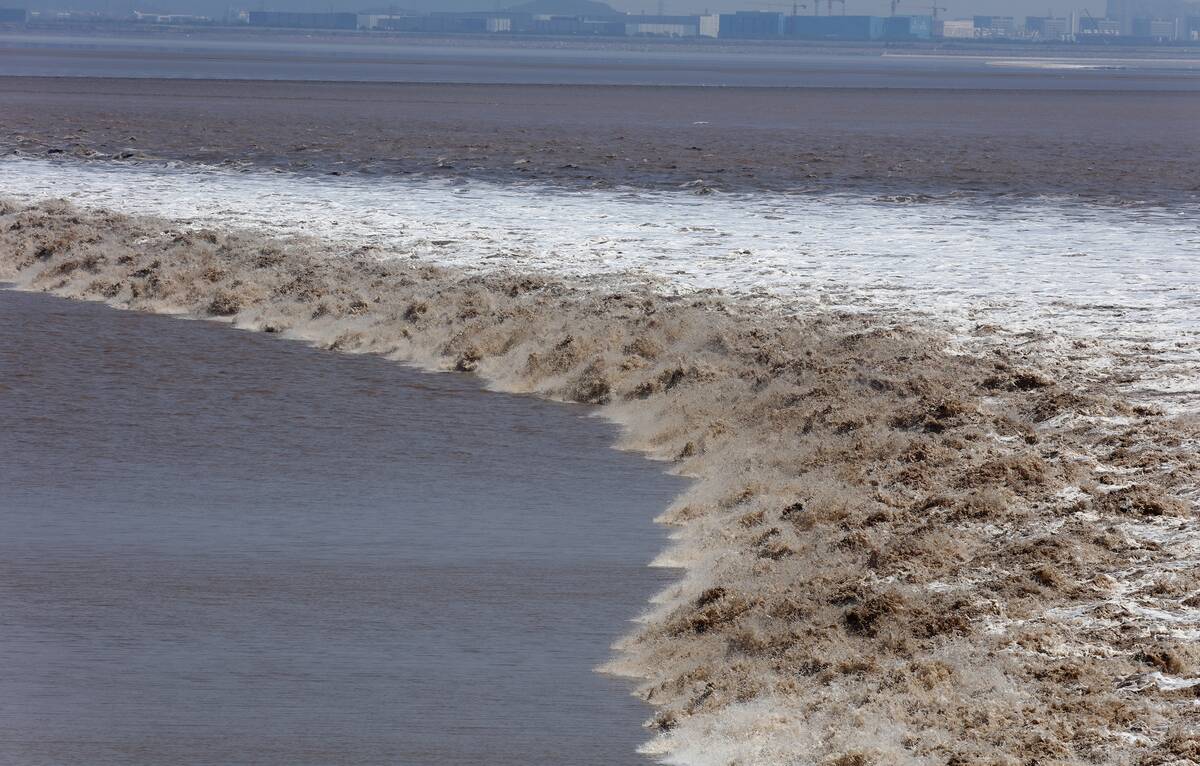
The Moon’s gravitational pull is the primary driver of Earth’s tides. As it orbits, it causes the ocean’s waters to bulge, creating high and low tides. These tidal movements are vital for coastal ecosystems, influencing marine life and nutrient cycling.
Tides also affect human activities like fishing and shipping. Thanks to the Moon, our oceans are dynamic and ever-changing, playing a crucial role in Earth’s natural rhythms.
A Blue Moon: Not Really Blue, But Still Special
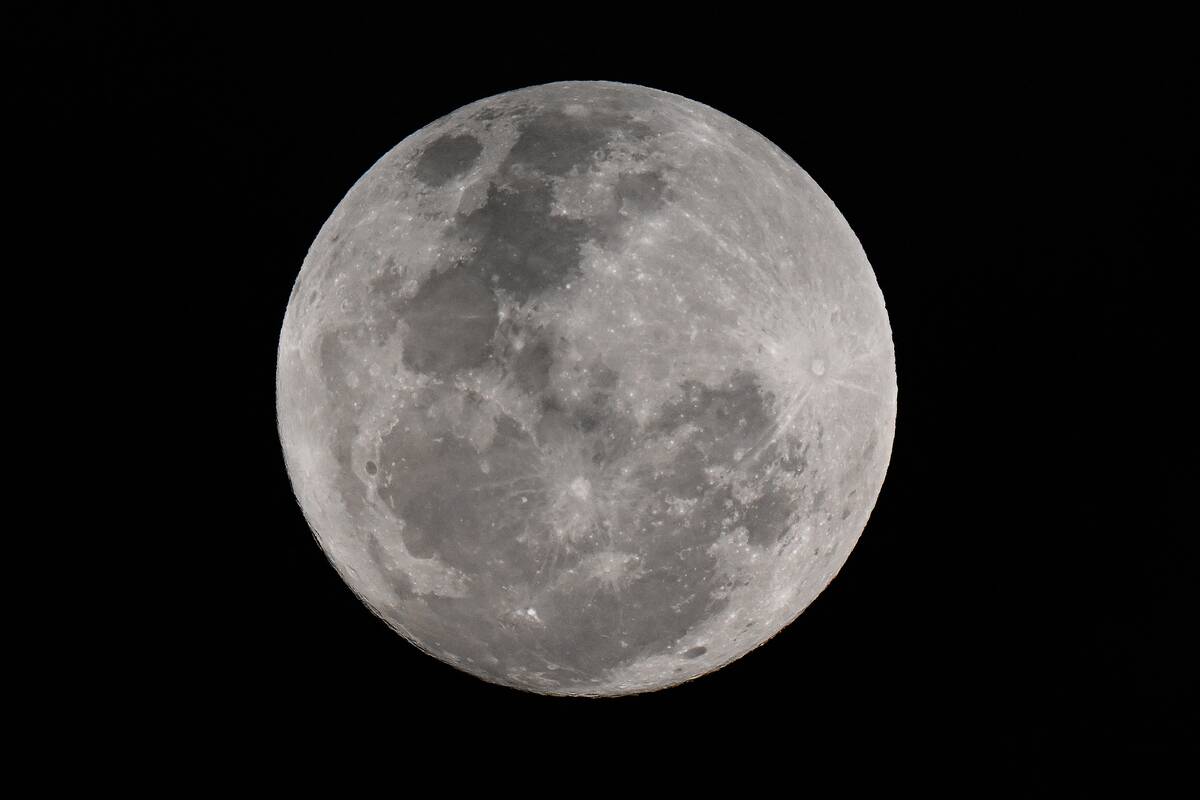
The term “blue moon” refers to the occurrence of a second full moon in a calendar month. Despite the name, the moon doesn’t actually turn blue. This phenomenon happens about once every 2.7 years, making it a rare event.
The phrase “once in a blue moon” signifies something unusual or infrequent. While not visually distinct, a blue moon remains a delightful quirk of our lunar calendar.
The Dark Side of the Moon: Not What You Expect
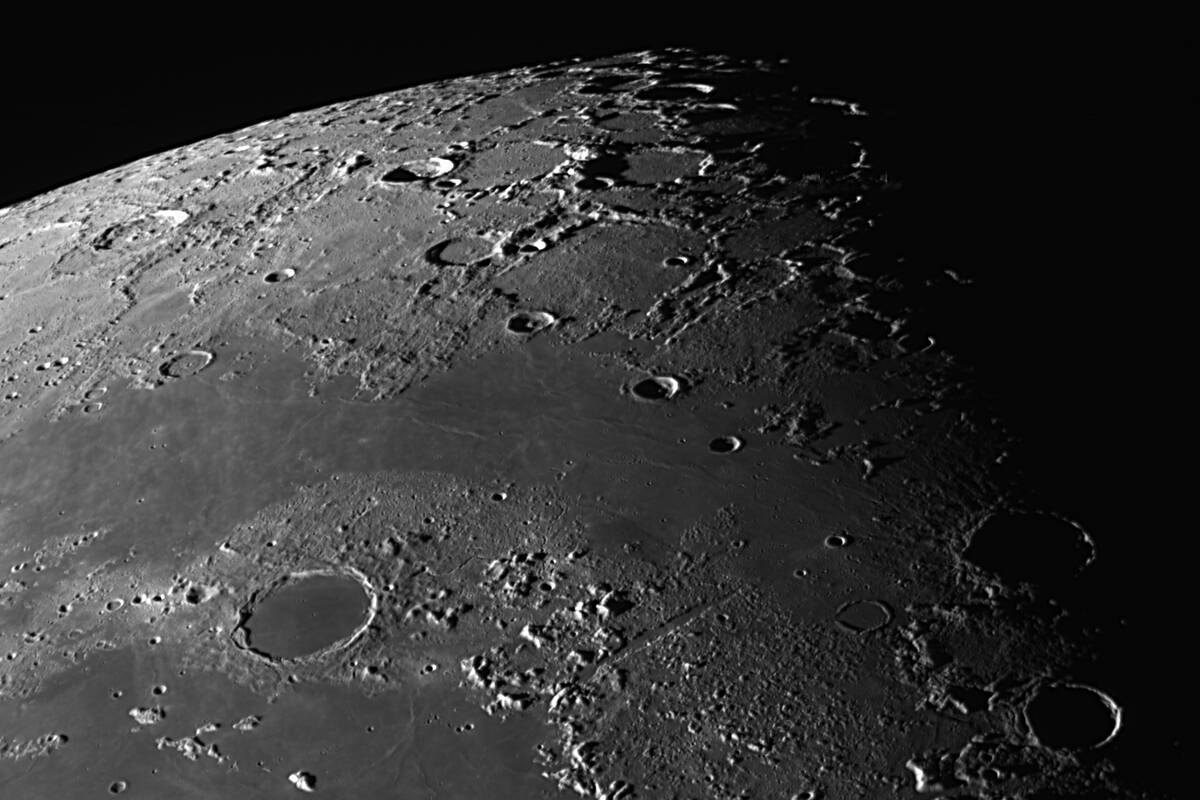
Contrary to its ominous name, the “dark side” of the Moon isn’t perpetually shrouded in darkness. It simply refers to the hemisphere we never see from Earth. This far side receives sunlight just as the near side does.
It wasn’t until 1959 that the Soviet Luna 3 spacecraft captured the first images of this hidden terrain, revealing a landscape filled with craters and few maria, or lunar seas.
The Moon in Mythology: Stories from Around the World

Cultures across the globe have woven fascinating myths around the Moon. In Chinese mythology, the Moon is home to Chang’e, a goddess who lives there with her jade rabbit.
Meanwhile, in Norse mythology, the Moon is chased by the wolf Hati. These stories reflect humanity’s enduring fascination with the Moon, inspiring art, literature, and even modern space exploration efforts.
Future Moon Missions: What’s Next for Lunar Exploration
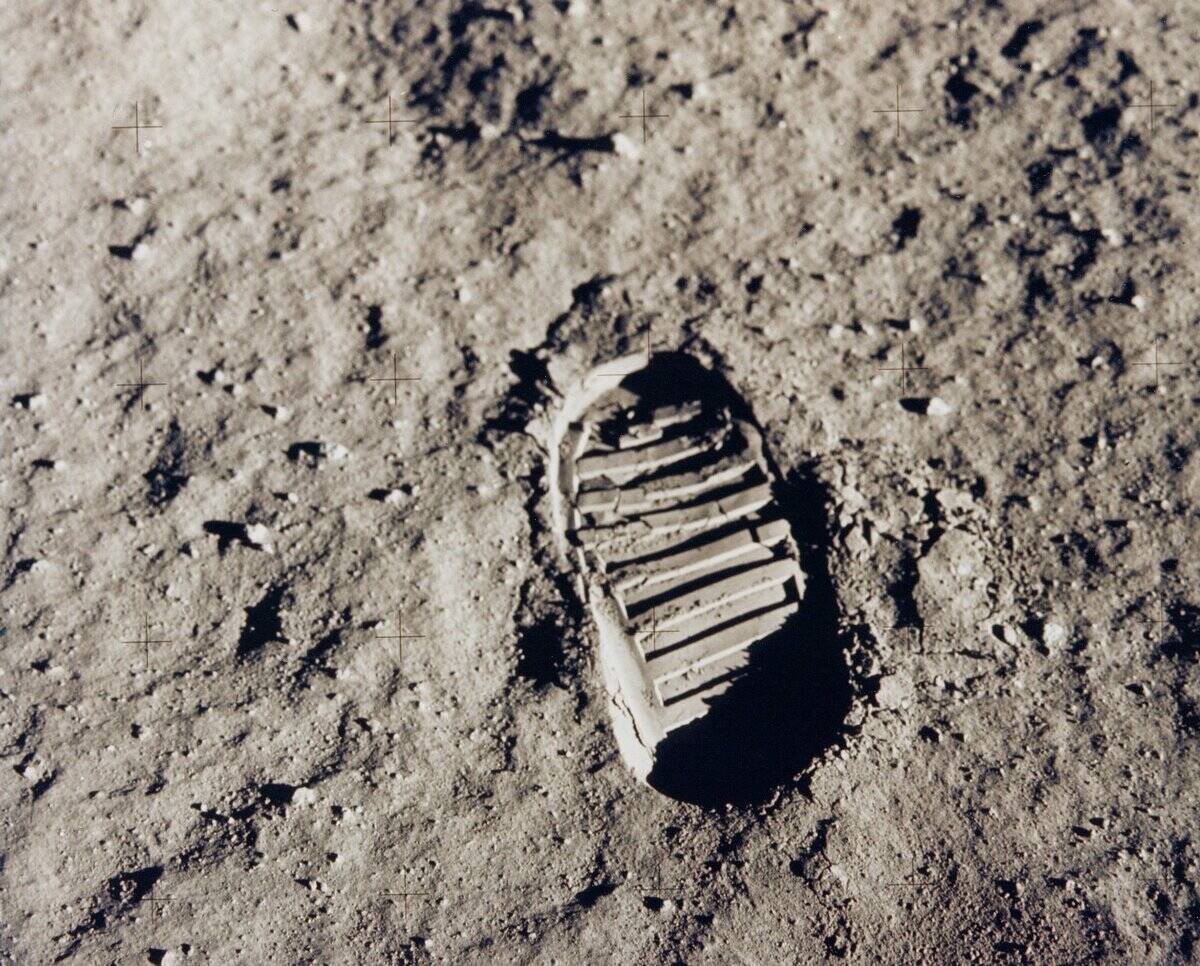
The Moon is once again a focal point for space agencies worldwide. NASA’s Artemis program aims to return humans to the Moon by the mid-2020s, with the goal of establishing a sustainable presence.
Meanwhile, private companies like SpaceX are developing technologies for lunar travel. These missions will pave the way for future exploration, potentially using the Moon as a stepping stone for journeys to Mars and beyond.
Man on the Moon: The Impact of the Apollo Missions
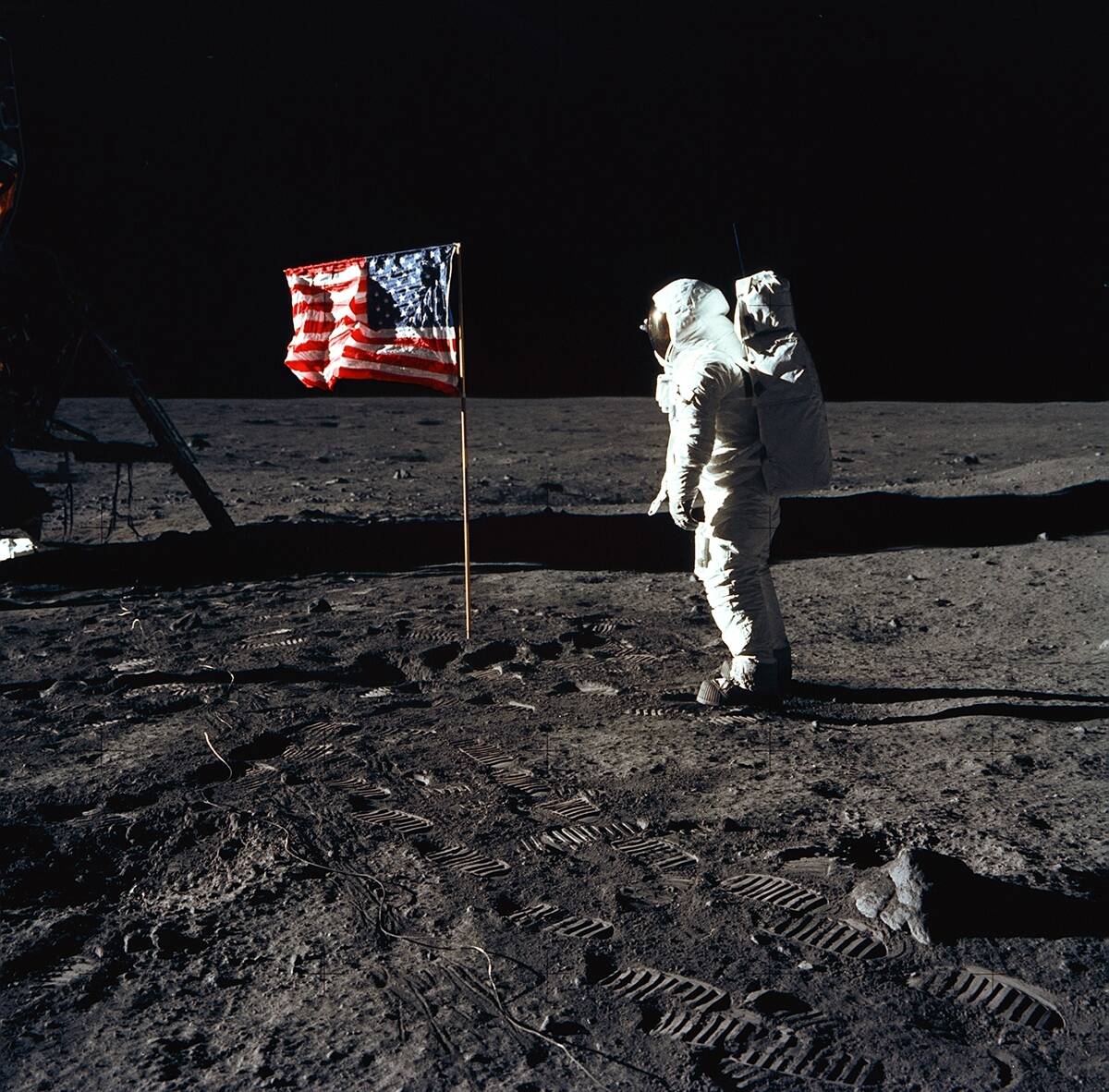
The Apollo missions, particularly Apollo 11 in 1969, marked humanity’s first steps on the Moon. Neil Armstrong’s famous words, “That’s one small step for man, one giant leap for mankind,” resonated worldwide.
These missions expanded our understanding of the Moon’s geology and composition. The lunar samples collected provided insights into the solar system’s history. The Apollo program remains a testament to human ingenuity and exploration.
Lunar Eclipses: The Moon’s Disappearing Act
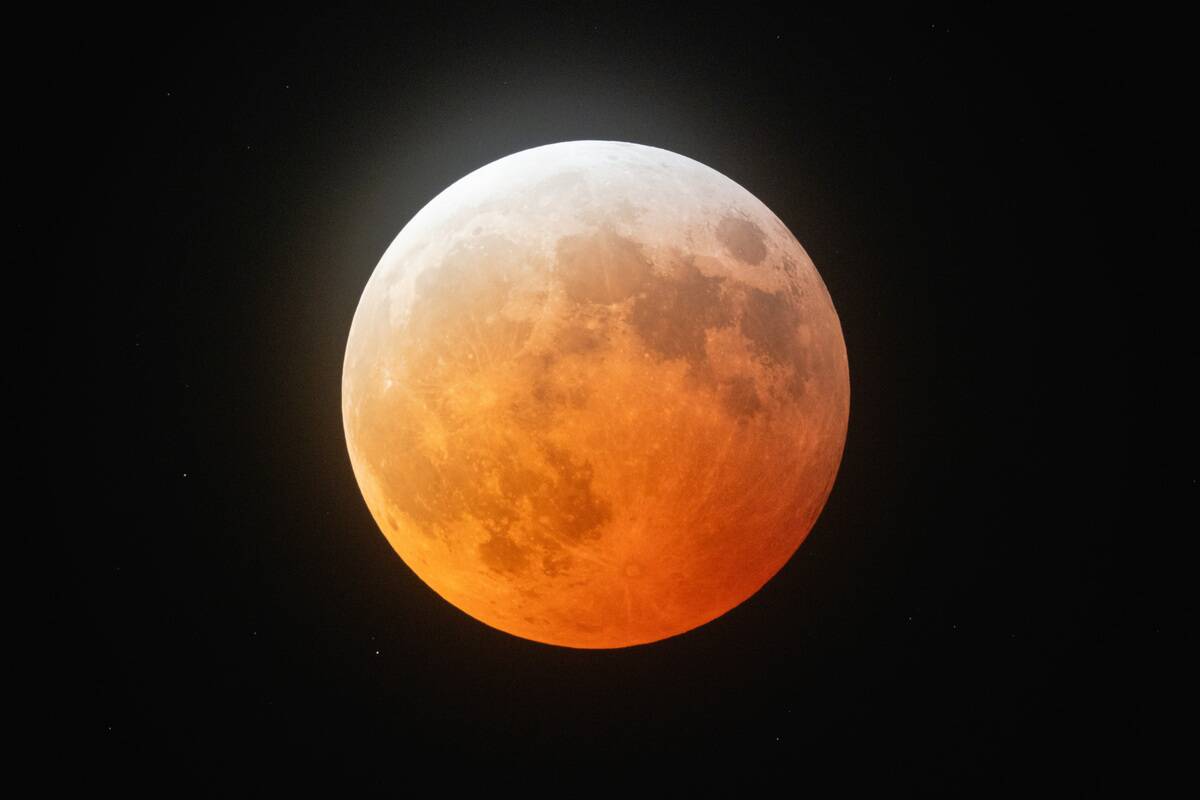
A lunar eclipse occurs when Earth comes between the Sun and the Moon, casting a shadow over the lunar surface. During a lunar eclipse, the Moon can appear red, earning it the nickname “blood moon.”
This happens because Earth’s atmosphere scatters sunlight, allowing only the red spectrum to reach the Moon. Lunar eclipses are safe to view with the naked eye and provide spectacular celestial shows for skywatchers.




